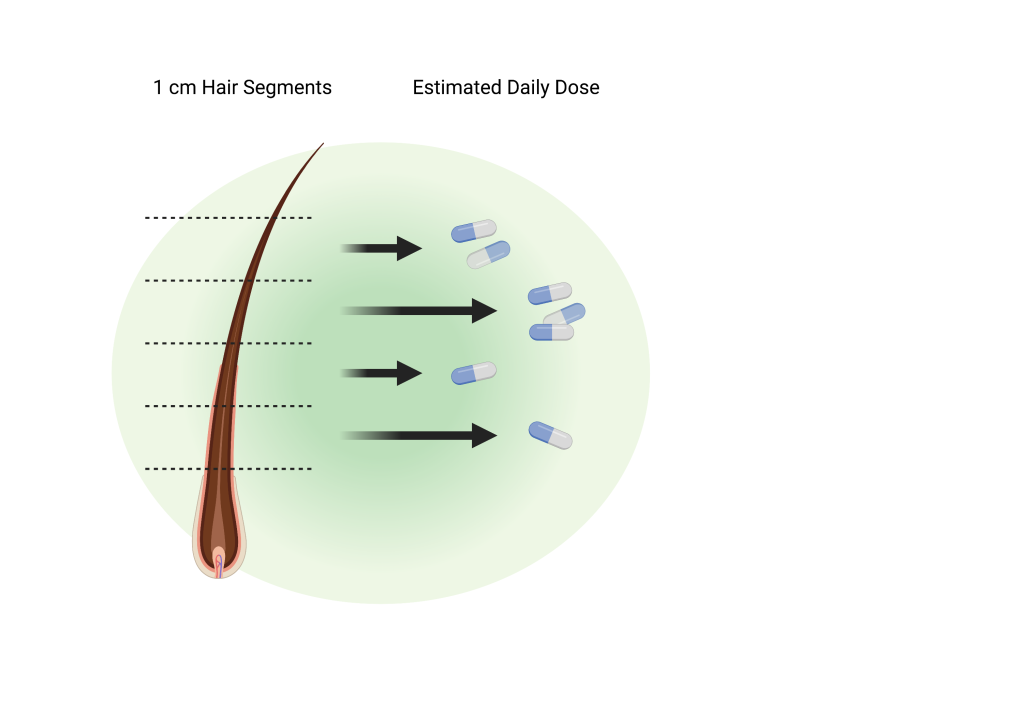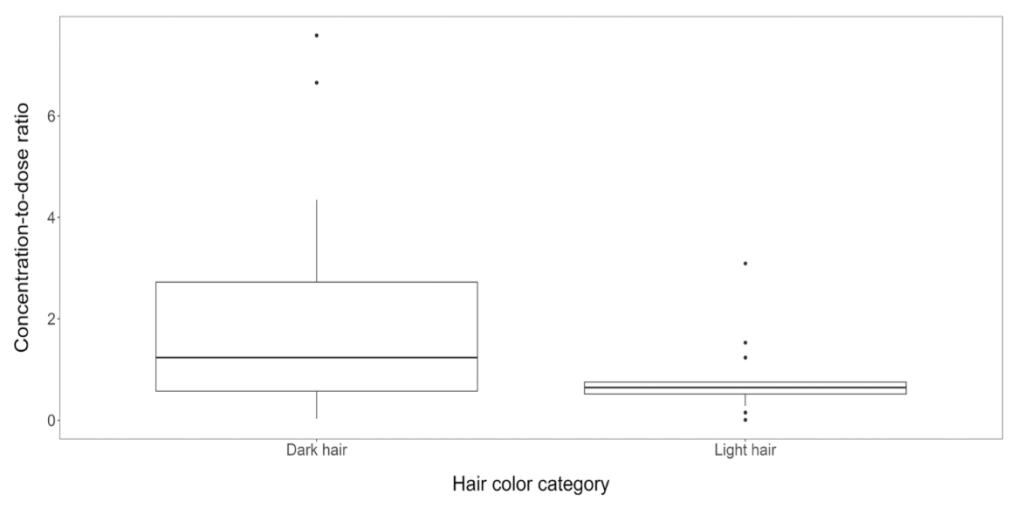Source for header: “pharmaceuticals” by idea-saras is licensed under CC BY 2.0.
For forensic scientists, determining the cause of death is frequently fraught with uncertainties, especially depending on the state of the body and its surroundings at the time of death. Climate, animals, and duration of exposure to the elements contribute to a body’s decay in ways difficult to quantify. As a result, identifying how and when somebody passed away remains complicated. Thankfully, researchers are working to untangle all the elements that can contribute to someone’s death – including drugs. Typically, drug testing takes the form of a urine sample and conversation regarding history of drug use, whether illicit or prescribed. However, someone who is deceased is unable to provide these, so other ways of identifying drug use need to be developed.
Two labs led by Jytte Banner and Sys Stybe Johansen in the Department of Forensic Medicine at the University of Copenhagen decided to tackle this problem. They focused on a commonly-prescribed antidepressant, citalopram. Citalopram is a selective serotonin reuptake inhibitor, the most common class of drugs prescribed to treat depression. As antidepressant prescriptions per year tripled over the past decade to ~71 million (as of 2018), forensic experts encounter antidepressants more frequently in their toxicological screens. However, it is difficult to determine the frequency and amount of the citalopram dose – current techniques can only confirm the presence or absence of the drug in postmortem analysis.
These groups aimed to define how citalopram levels in postmortem samples could indicate use of the drug while the person was alive. This would provide valuable information regarding compliance with prescribed doses and whether there was abuse of the drug prior to death. To do this, the group used a two-pronged approach: they analyzed citalopram levels in small (~1 cm) hair segments from deceased subjects and compared them to calculated estimated daily doses. Their hypothesis was that the levels of citalopram in hair segments would directly correspond with the patient’s citalopram intake during that period of hair growth (fig. 1).

However, unfortunately, they found no correlation between estimated daily citalopram dose and the amount of citalopram in the postmortem hair segments. Instead, they found a correlation between hair color and citalopram concentration-to-dose ratios. Black or brown hair in the segment closest to the skin retained higher levels of citalopram and its metabolite, demethylcitalopram, than blond hair in the same segment, regardless of dosage (Fig. 2). The researchers speculate that this may be due to metabolite presence in the oil near the scalp as well as metabolite wash-out from farther segments of hair. With more research, this information can help estimate dosage based purely on hair samples without needing to obtain pharmacy records prior to determination of cause of death. This would involve the determination of concentration-to-dose ratios for each hair color group, likely for the hair closest to the scalp. While this creates a more complex analytical scenario than using one standard concentration-to-dose ratio, it also prevents the generation of false positives or negatives based on hair color.

A technique used to accurately determine drug consumption prior to death would be an incredibly powerful tool, especially in cases where the drug is prescribed and drug abuse or neglect is suspected as the cause of death. This would allow investigators to define the cause of death with more precise, scientifically-sound means rather than gathering information via circumstantial, potentially misleading pharmacy records. The Banner and Johansen groups made important contributions to the development of such a technique, and with additional work this technique could eventually provide justice to those most in need of it.
| Title | Concentrations of citalopram and escitalopram in postmortem hair segments |
| Authors | Karen Rygaarda, Marie Katrine Klose Nielsen, Kristian Linnet, Jytte Banner, Sys Stybe Johansen |
| Journal | Forensic Science International |
| Year | 2022 |
| URL | https://www.sciencedirect.com/science/article/pii/S0379073822001797?via%3Dihub |
